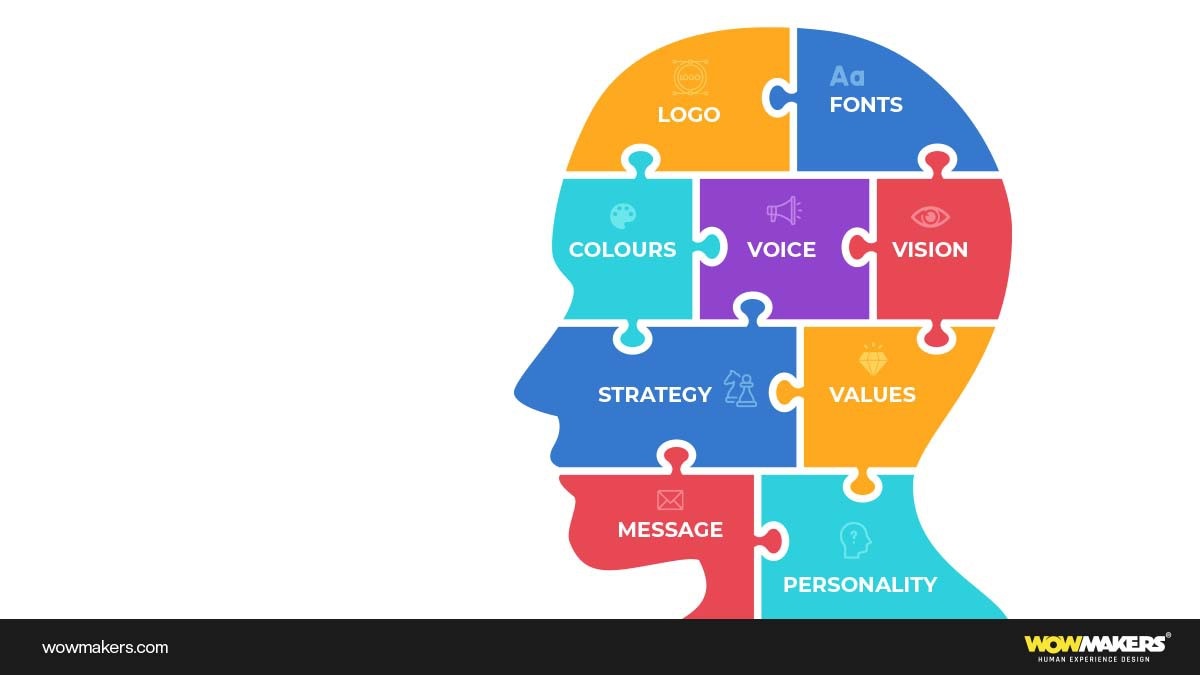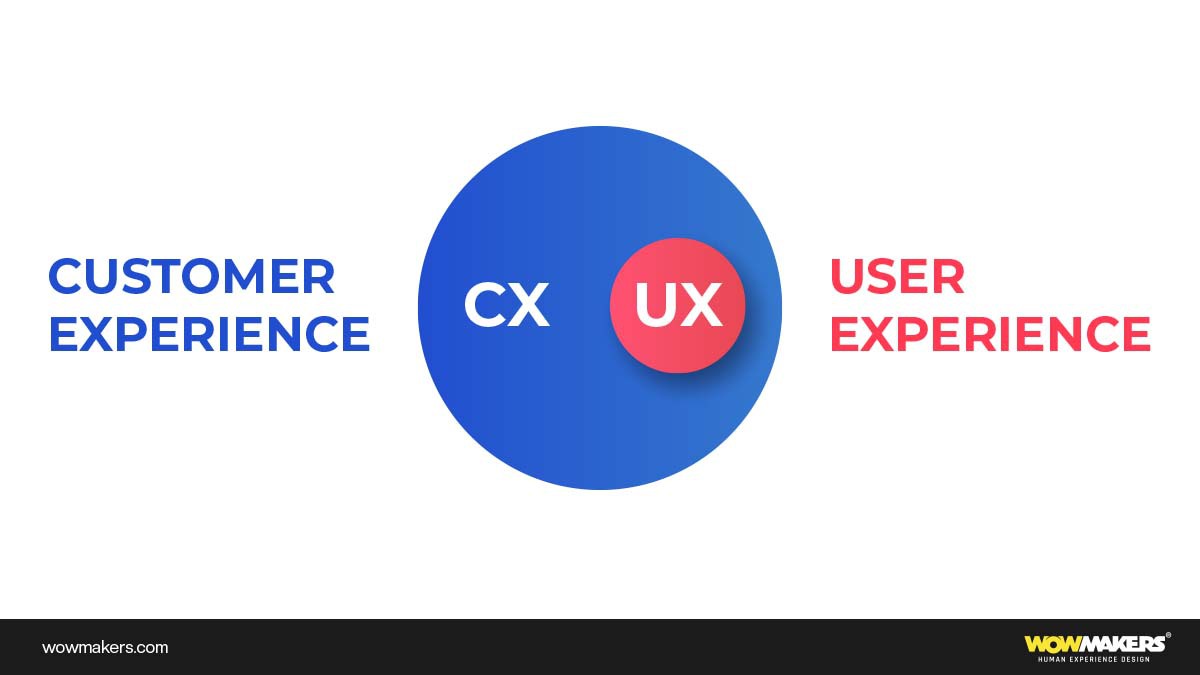It’s pretty easy for entrepreneurs to pay little attention to how interconnected UX and branding are. And in our modern digital landscape, understanding this connection will help you create more engaging user experiences for your users and build stronger, recognizable brands.
Popular brands like Amazon, Apple, Netflix, and Spotify have relied on their brand principles to create a unique user experience for their customers, which has contributed immensely to their success.
So, in this article, we’ll look at what branding and user experience are, how they influence each other, the roles of UX in branding, and tips for building a good user experience through branding.
Here’s What You Need to Know About Branding

Branding is essential to any company or organization’s marketing and business strategy. It’s the key to communicating your brand’s identity, values, purpose, and culture to customers.
But, it’s a way for companies to differentiate themselves from their competitors and make an impression on customers so they will choose them over others.
Your company’s brands will help create trust with customers by giving them a sense of familiarity, which makes them feel safe when buying products or services from your brand.
Branding a business consists of many elements such as logos, colors, typography, and lots more, including intangible things like customer service quality, reputation management, and corporate social activities. But, it’s their brand name that fully embodies their brand.
Here’s What You Need to Know About User Experience
On the other hand, user experience (UX) focuses on how users interact with websites or apps when using your product or service online, whether that be browsing content, navigating menus, or the appearance of platforms.
User experience is understanding how people think and feel when encountering a website or app, enabling businesses to design better user experiences. UX focuses on design layout, content structure, navigation options, and usability.
What are the 7 factors of UX?/ User Experience Honeycomb Model by Peter Norville
Peter Morville’s User Experience Honeycomb is a graphic model that lists seven essential elements for user experience designers. These seven characteristics enhance user experience.
#1) Usability
User experience begins with usability, or how easy or hard a product or service is to use. It assesses interface and website navigability, instruction clarity, and design consistency. The product or service should be helpful and visually pleasant.
#2) Findability
Findability—how readily consumers can discover material on websites or in products—is another crucial element. This includes clear page names, material structured logically by purpose and relevance, good search options (if applicable), and adequate labeling and navigation across the interface.
#3) Accessibility
User experience design must consider accessibility, which evaluates a product’s usability for disabled persons. This covers font size, audio, keyboard, color contrast, and language translations for worldwide audiences. Designers must be mindful of barriers to accessing their product or service to provide equitable opportunity.
#4) Desirability
Whether users desire what you’re offering, desirability is the fourth user experience criterion. This part considers aesthetics like images and color scheme selections as well as brand identity, which may assist in creating good connections between a product/service and its target audience, making it appealing!
#5) Credibility
Successful user experiences include whether customers trust your site or brand enough to keep using it or buy from you. Verified customer reviews and ratings, security seals relevant to your sector, and trust marks from third-party sources. Also, keeping contact data prominent on all pages can assist in creating credibility in users’ eyes!
#6) Value
Value is another critical factor that must be considered when creating user experiences because it looks at whether what you offer meets customer needs/expectations AND if they feel like they got their money’s worth out of it. Things such as discounts/special offers; free trials & shipping; customer loyalty programs; customer support, etc., come into play here, so designers must ensure they provide value where possible while maintaining profitability!
#7) Protectability
Finally, protectability—protecting privacy and security—is becoming more crucial owing to data breaches and cybercrime worldwide, so designers must pay special attention here! Encrypting passwords, posting explicit terms & conditions/privacy policies on every page (e-commerce sites especially!), implementing two-factor authentication, etc., should help safeguard clients online!
User Experience and Branding
Both branding and user experience have the same goal – to create a positive experience for the user. But if you want to make sure your brand stands out from the rest, both must be working together in harmony.
UX can help shape a compelling brand image by helping customers understand what makes your company different from others in the market. It also helps ensure customers return to use your product or service again as they become familiar with its features; this increases loyalty which is essential for any successful business.
While branding can enhance the user experience by giving customers something tangible to connect with, making them feel engaged with a product or service rather than just being another consumer that fades away into the crowd of online shoppers.
Difference Between Customer Experience and User Experience (CX vs. UX)
Customer Experience |
User Experience |
| Refers to the overall experience a customer has with a company or brand, including pre-purchase research, the purchase process, and post-purchase follow-up | Refers to the specific knowledge a user has when interacting with a product or service, typically from a digital perspective, such as a website or app |
| Looks at the holistic journey and touchpoints of the customer with the company | Looks at the specific interactions a user has with the product or service |
| Focuses on the customer’s emotions, needs, expectations, and the satisfaction level | Focuses on the usability, accessibility, and enjoyment provided by the product or service |
| measured by Net Promoter Score, customer satisfaction surveys, or other customer feedback metrics | user research, testing, and metrics like user satisfaction, completion rate, error rate, and task success are used to measure how well something works. |
User Experience vs. Brand Experience
You might say that UX and branding are inseparable. While branding is concerned with establishing a name and reputation for a service or good, user experience design (UX) is more concerned with the user’s actions and reactions while using that service or good.
When these two factors are in sync, it makes for a memorable encounter with the brand. The goal is to make them feel like they belong in the community of users.
There is no limit to the advantages gained through good UX and branding. It’s a great way to get people to believe in your product and stick with you, increasing your chances of getting new leads and closing sales. Getting UX and branding correct is crucial since they influence how customers perceive your business and its offerings.
Four Critical Roles User Experience Plays in Branding
They Help Define Customer Needs
Understanding customer needs through UX research is essential for creating customized experiences tailored to their needs.
It Helps Create Brand Loyalty
Creating repeat customers is an integral part of any successful business. UX can help businesses create intuitive and effortless experiences, ensuring customers come back time after time.
It Strengthens the Company’s Identity
A strong brand identity makes a company stand out from others in its market. UX can help strengthen this identity by highlighting unique features attractive to potential customers.
It Sets Expectations for Service Quality
Setting high standards for customer service is essential for creating trust between companies and their customers. Good user experience design can help ensure these standards are met, as users will better understand how your product or service works before they buy it.
Some of the Brands that realized great UX=Branding!
Additional instances of businesses whose success can be attributed to their excellent user experience are shown below.
Asana
Asana is a web-based solution for managing projects and collaborating with a team. It has a simple UI. The company has built a solid reputation as the company of choice for enterprises of all sizes by emphasizing simplicity and convenience.
Amazon
Amazon’s user experience is designed to be fast and intuitive. Customers have easy access to product information, reviews, and recommendations, as well as the ability to make purchases quickly and securely.
Canva
Canva is a free online application for creating stunning visual content by modifying premade templates and a library of high-quality stock images. It has established a solid reputation as a user-friendly design tool due to its drag-and-drop interface and other features accessible to users of varying degrees of experience.
Duolingo
Using gamification, Duolingo makes learning a new language enjoyable and effective. Its vivid images and engaging activities help keep users motivated and interested, which has led to its strong brand as a leader in the language learning market.
Slack
Slack is a popular and dependable tool for group communication and collaboration. Its clear and intuitive design has established itself as a go-to enterprise tool, facilitating effective team communication and collaboration.
Spotify
Spotify is a renowned music streaming platform that offers an enjoyable user experience. The app is designed to be intuitive and easy to navigate, making it easy to discover new music and find the songs you love.
These successful brands did an excellent job combining their superior user experience, strong branding, and influential brand names in crafting memorable customer experiences.
And the first step your brand can take to achieve this result fast is visiting a reliable naming agency and getting excellent products or brand names for sale.
Here’s How to Build a Good User Experience Through Branding
Creating a compelling user experience through branding isn’t easy, but there are steps companies can take to make sure it’s done correctly:
-
Align With the Brand Message
Make sure the design elements in your website or app align with your overall brand message so that users know what to expect when visiting your product or service online.
-
Use Visuals Wisely
Visuals such as logos, images, fonts, and colors play an essential role in helping create recognition among consumers, so make sure you use them strategically throughout your website or app design.
-
Create Consistency Across Platforms
The same look and feel should be maintained across all digital channels, this includes websites, apps, emails, and in-store.
This will give users a sense of familiarity whether they engage with your business online or offline. Doing this will help them feel more comfortable interacting with your site over other competitors in the market who don’t have such consistent branding practices in place.
-
Integrate Storytelling Elements Into the Design
Storytelling has been proven to be one of the most powerful ways of boosting customer engagement; stories resonate more strongly than facts because people connect emotionally, not just rationally!
So integrating experiential tales into designs—whether through blogs, emails, and social media posts—could go a long way towards success when building brands through user experiences.
-
Seamless Communication and feedback-gathering system
Good user experience requires a smooth communication and feedback mechanism. It speeds up problem-solving between users and developers and gathers vital input on how consumers use the product or website.
By building an effective conduit for interaction between users and developers, both sides may immediately identify difficulties and generate immediate solutions. Such systems can also enhance or add functionality based on user feedback. Thus, seamless communication and feedback mechanisms are vital to user satisfaction.
-
Tracking and monitoring
We put our all into every facet of UX and branding in and out of the company. You may be confident that we will devote our full attention to every area where there is room for improvement or a likelihood of success, from monitoring metrics and client feedback to taking appropriate action as necessary. After all, we place a premium on strong branding and user experience. Taking it seriously.
Final Note…
User experience is crucial for any business looking to enhance its brand image. It’s more than just meeting customer needs; it’s about exceeding them and providing an impeccable experience.
It’s a long-term strategy that requires an ongoing commitment to understanding and exceeding customer expectations. As the field of user experience continues to evolve, businesses are recognizing the tangible impact that a focus on user experience can have on their bottom line. By investing in function and form, companies can create products that perform well and support an efficient workflow and an intuitive user experience.
Branding and UX are essential for any successful business today. Their connection helps enhance their effectiveness in staying true to core messaging, implementing storytelling techniques, and consistency across platforms.








